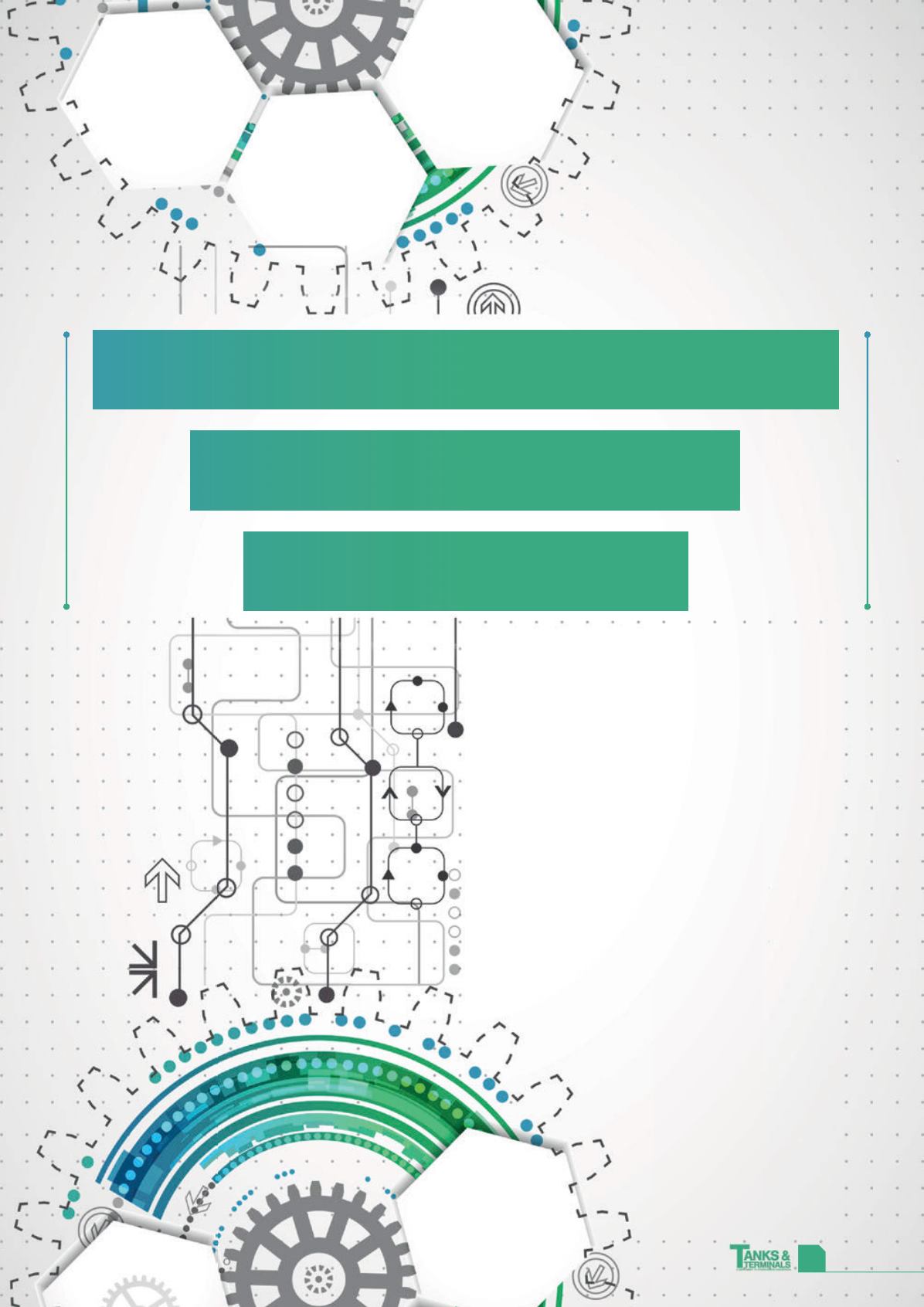
39
HYDROCARBON
ENGINEERING
Joe Tan, George Garcia
and Lori Jones, Cameron
Valves & Measurement,
USA,
explain how operators
can simplify tank and terminal
applications with electric actuators.
TERMINATING THE
AUTOMATION
CHALLENGE
T
he tank and storage terminal is an important piece of
any oil and gas company’s operation, as it stores the
products before they are delivered to end users.
Ideally, these storage tanks are connected to the
refineries through pipelines with isolation and shutdown valves.
The hazardous nature of these tank farms makes reliable
actuators with monitoring capabilities that are able to store
application parameters ideal for this critical process.
Electric actuators
Tank and terminal applications can present unique challenges
for automation technology, however, and not every actuator
will reliably get the job done. The actuators in this service must
be able to perform in conditions including everything from
heavy vibration to difficult environmental conditions to
hazardous areas. Reliable operation reduces unexpected and
costly downtime, while protecting the environment and
personnel from potentially dangerous situations. Electric
actuators are routinely selected for these applications because
of their highly modular, compact, and smart valve control and
operation capabilities.
The pumps used in the on/off loading of tank
vessels causes heavy vibrations. For electronic
components, this presents a major challenge. In
such applications, the electronic boards of
actuators can experience damage, and in
some cases even rip off the main
mounting brackets. One way to avoid
this damage is by separating the
control unit from the actuator. This
solution maintains full functionality
of the actuator with safe, reliable


